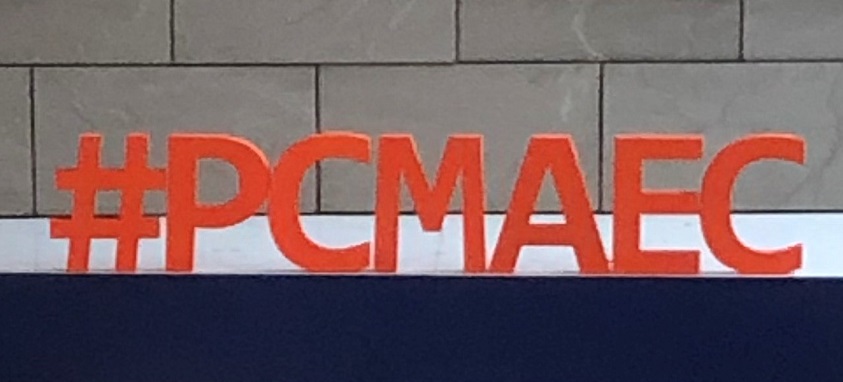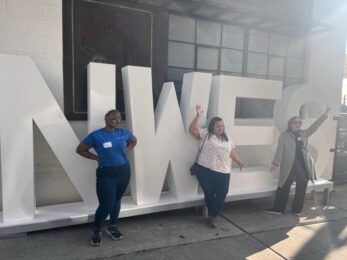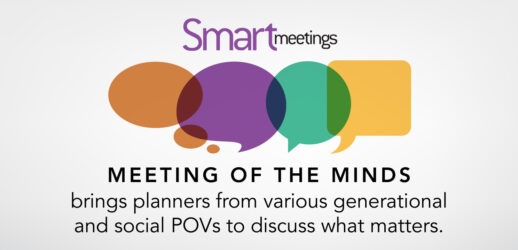To really influence attendees, event professionals need to be intentional about the experiences they design. But how do you know what innovations will work? At PCMA EduCon 2019 this week at JW Marriott Downtown L.A. Live, PCMA Foundation and Steelcase Event Experiences released an in-depth study of the behavior of attendees from PCMA Convening Leaders 2019 at David L. Lawrence Convention Center in Pittsburgh. The report, “5,000 People, 5,000 Personal Journeys,” is a collection of reactions—positive and negative—to everything from multi-track sessions to creative networking ideas.
“We offered ourselves as a case study for how people act in the open,” said Meredith Rollins, chief community officer and executive director, PCMA Foundation. Researchers followed attendees around to see their expressions during Braindates and at water refill stations. “We shared the good, bad and ugly,” she said.
Elements of Success
This candid survey of attendee reactions to experimental programming at PCMA’s January event put the spotlight on education pathways that can enhance business events experiences.
The authors narrowed in on six elements to design highly engaging, innovative and memorable face-to-face, open space environments at business events.
“We put ourselves on the line,” said Sherrif Karamat, PCMA president and CEO. The goal was to use the data to improve PCMA events and gatherings around the world by sharing data in a transparent way.
Following are the insights that form the building blocks of engaged meetings:
- Supporting Diverse Needs: Business event professionals should determine where their audience falls on the spectrum of wanting something for everyone versus one path to success. Offering many options can be valuable when the audience has varying experience levels, but it can also overwhelm and lead to analysis paralysis.
- Enabling Meaningful Experiences: On the continuum of informational versus experiential, some participants may have higher engagement with interactive experiences, while others are more interested in traditional education methods.
- Accommodating Connection Strategies: Most attendees at a discussion of the findings reported that they fell somewhere in the middle on the use of organic, unplanned networking opportunities compared to structured, planned networking. “There is no right answer,” said Kimberly Condon, a researcher with Steelcase.
- Enabling Learning Strategies: Striking the right blend of formal learning with informal learning and aspirational content with business practice content was seen as the challenge. Some participants may engage with motivational education content, while others are looking for a more tangible ROI in ideas they can take back to their workplace.
- Supporting Participant Well being: Business events professionals must determine where their event falls on the spectrum between creating a supportive environment for each individual or for the audience as a whole.
- Designing for a Journey: Here, the spectrum is designing by default—utilizing pre-existing gathering spaces—or designing for a specific journey and experience by creating work, networking or waiting lounges.
At the next PCMA Convening Leaders in San Francisco in January 2020, researchers will focus on connection strategies and engaging experiences and look for ways to connect the results findings from a recent Meetings of the Future project PCMA funded with Marriott International.
“These are findings members can take back to their offices and apply to their events,” said Carol McGury, 2019 chair of PCMA Foundation Board and executive vice president of event and education services at SmithBucklin Corporation.




